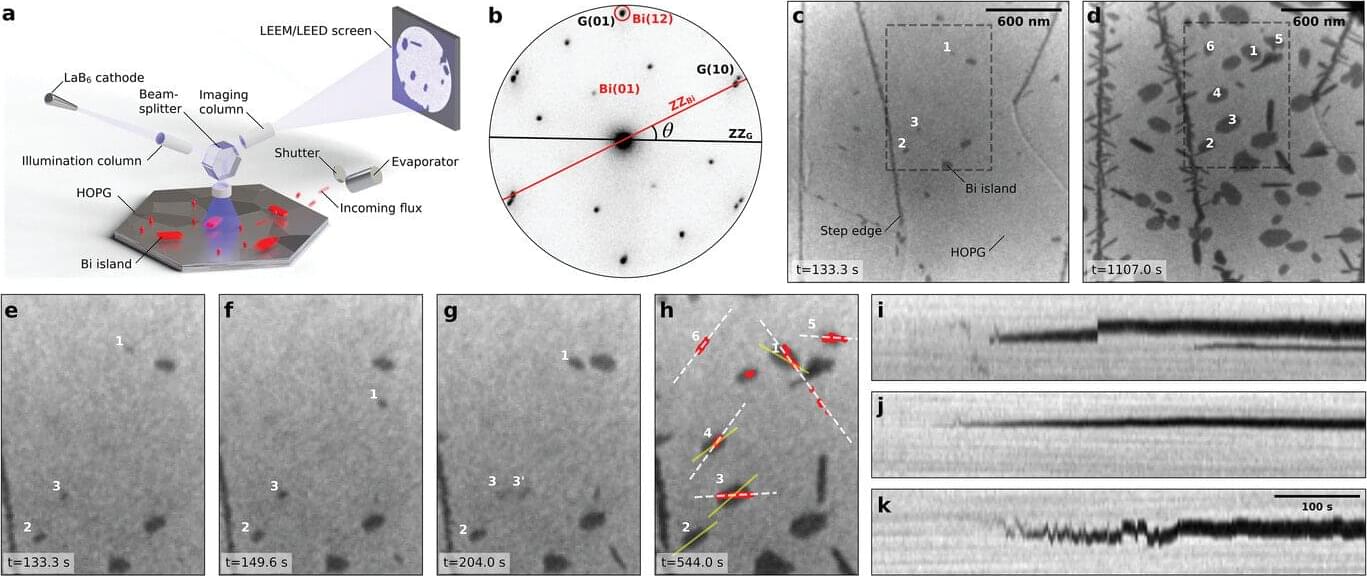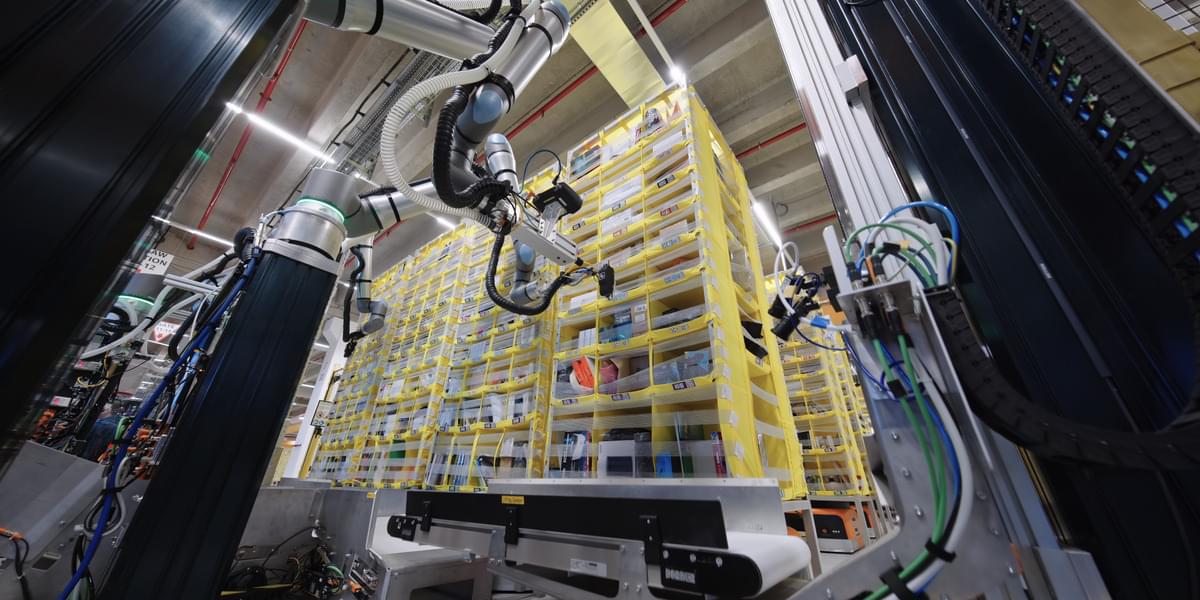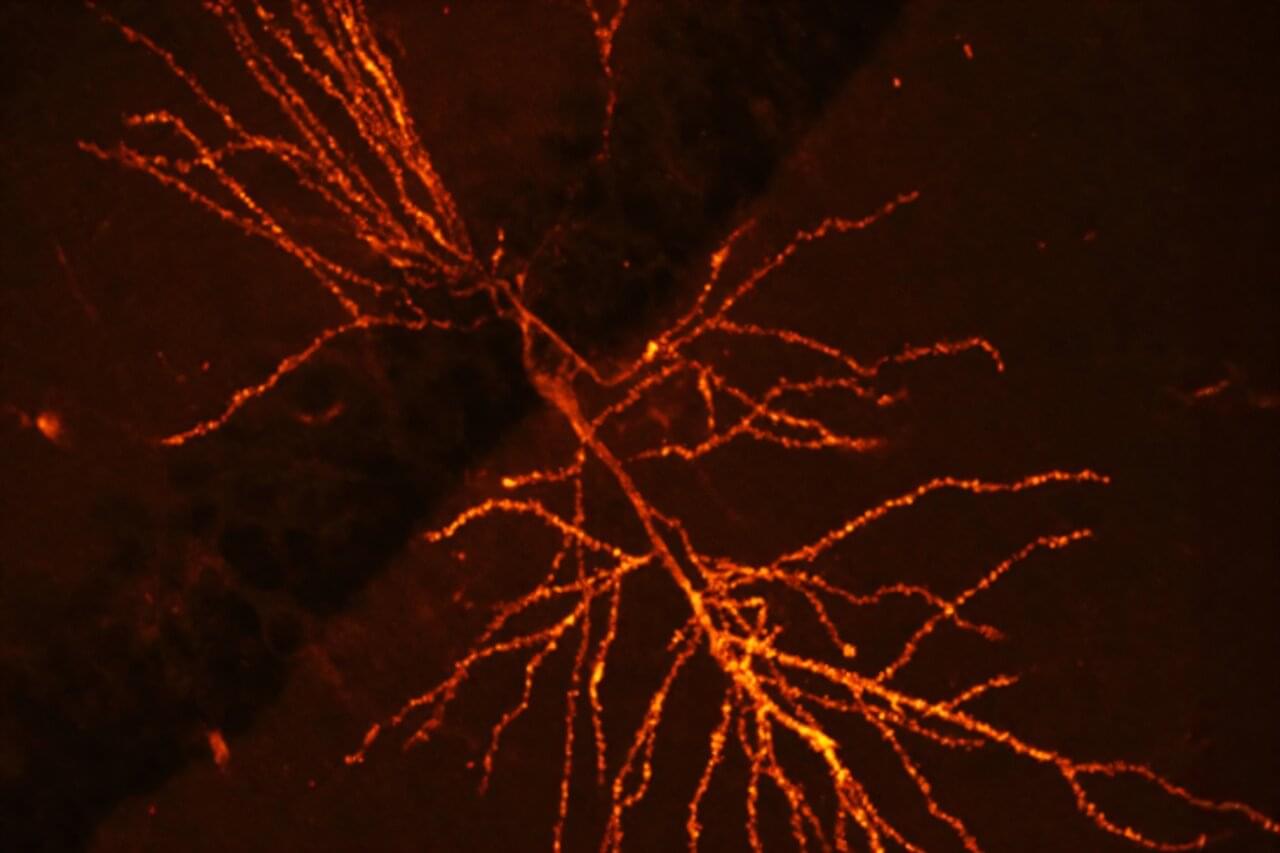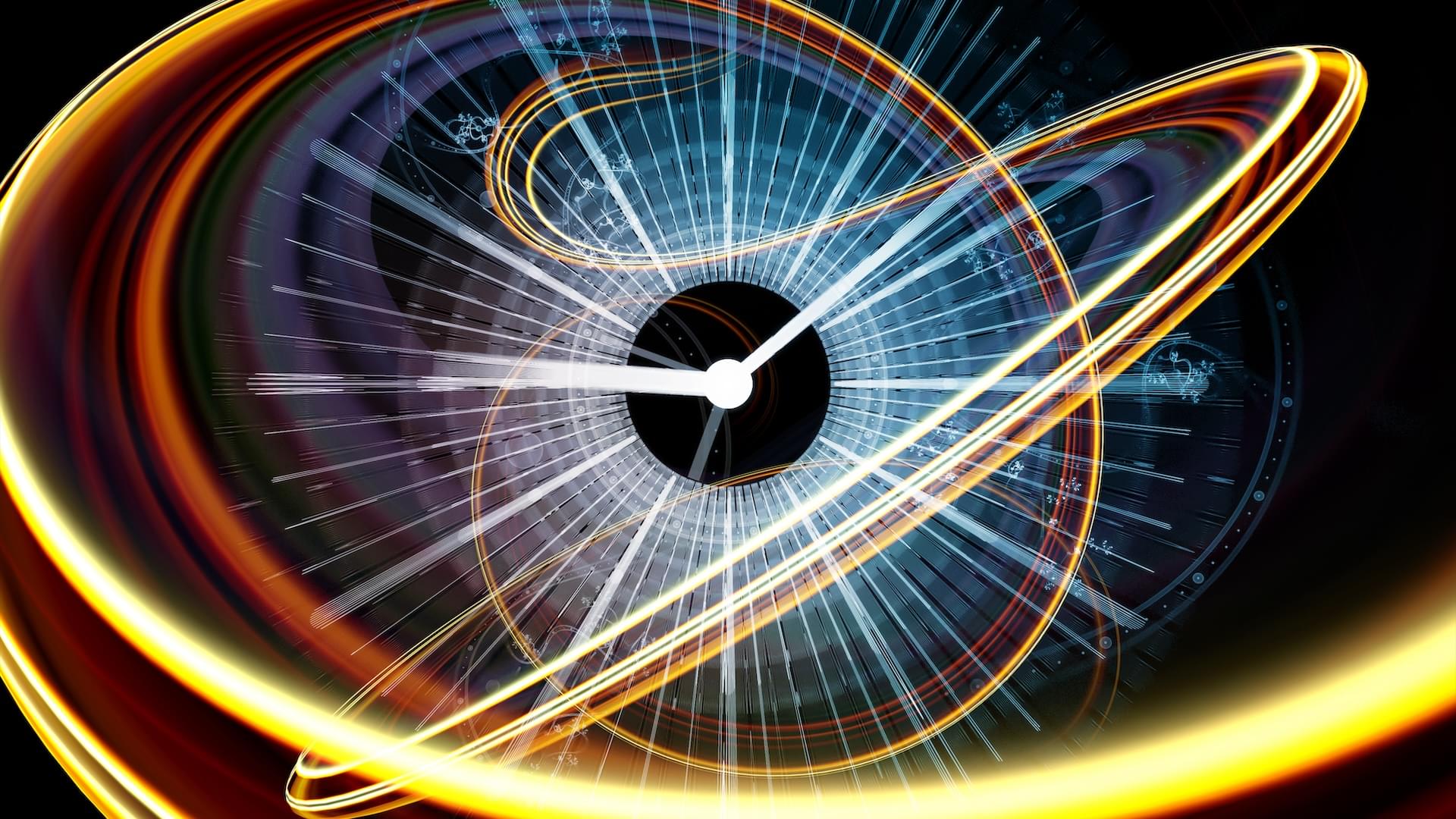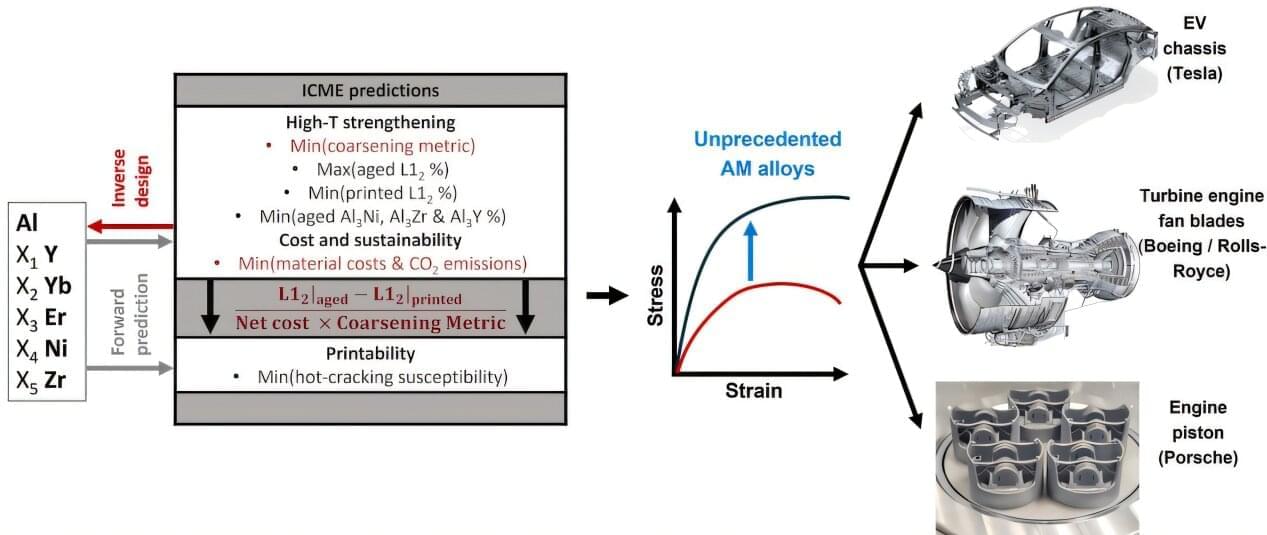Scientists from the Faculty of Physics and Applied Informatics at the University of Lodz have published an article on friction in the journal Small. Their research on “bismuth islands” moving on the surface of graphite confirmed the existence of a totally new form of so-called superlubricity—a friction-free contact between two solid bodies.
This discovery could revolutionize the way we design nanoscale machines, and even vehicles, in the future. By understanding these processes, we can create devices that can operate much more efficiently, saving on energy and resources.
Scientists led by Dr. Hab. Paweł Kowalczyk, associate professor at the University of Lodz, have discovered a new phenomenon related to the disappearance of friction—superlubricity. This special phenomenon was observed at the contact of two solid materials, bismuth and graphite.
